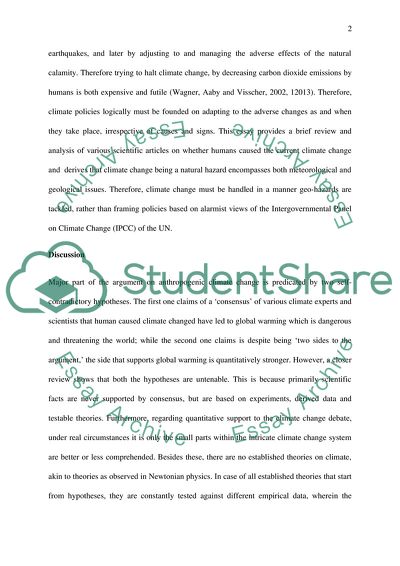Cite this document
(Anthropogenic Climate Change Annotated Bibliography, n.d.)
Anthropogenic Climate Change Annotated Bibliography. https://studentshare.org/environmental-studies/1815030-climate-change
Anthropogenic Climate Change Annotated Bibliography. https://studentshare.org/environmental-studies/1815030-climate-change
(Anthropogenic Climate Change Annotated Bibliography)
Anthropogenic Climate Change Annotated Bibliography. https://studentshare.org/environmental-studies/1815030-climate-change.
Anthropogenic Climate Change Annotated Bibliography. https://studentshare.org/environmental-studies/1815030-climate-change.
“Anthropogenic Climate Change Annotated Bibliography”. https://studentshare.org/environmental-studies/1815030-climate-change.


